More logs were placed today and we started to make the turn to follow the course of the stream. In the photos below, you’ll find a few that show the roots lined up. Those old tree roots will be where the edge of the stream will be during low flow conditions.
When the water is higher, it will run against the roots which will help slow the water. When you reduce the velocity of the water, some material is deposited rather than eroded. We expect the stream channel to migrate away from the logs in response to the rougher, more erosion-resistant engineered log jam.
- Temporary willow storage in the stream
- Wildlife camera is capturing construction photos
- Placing the water quality probe into Milk Creek
- Reading the water quality meter
- Checking alignment of logs
- Engineering Tech Doug lines up next logs
- Conference time
- Measuring for placement of cross logs
- Sliding log into slot cut into bank
- Preparing the next cross logs for placement
- Cutting another lap joint
- That lap cut is done!
- Modifying the fit of the lap joint
- Ready to lap one log over the other
- Setting log into position
- Final lap joint
- Drilling hole and setting rebar
- Drill and pound
- Project manager Jenne
- You can see the log jam turning
- Someday these kids will find bigger fish here!






















